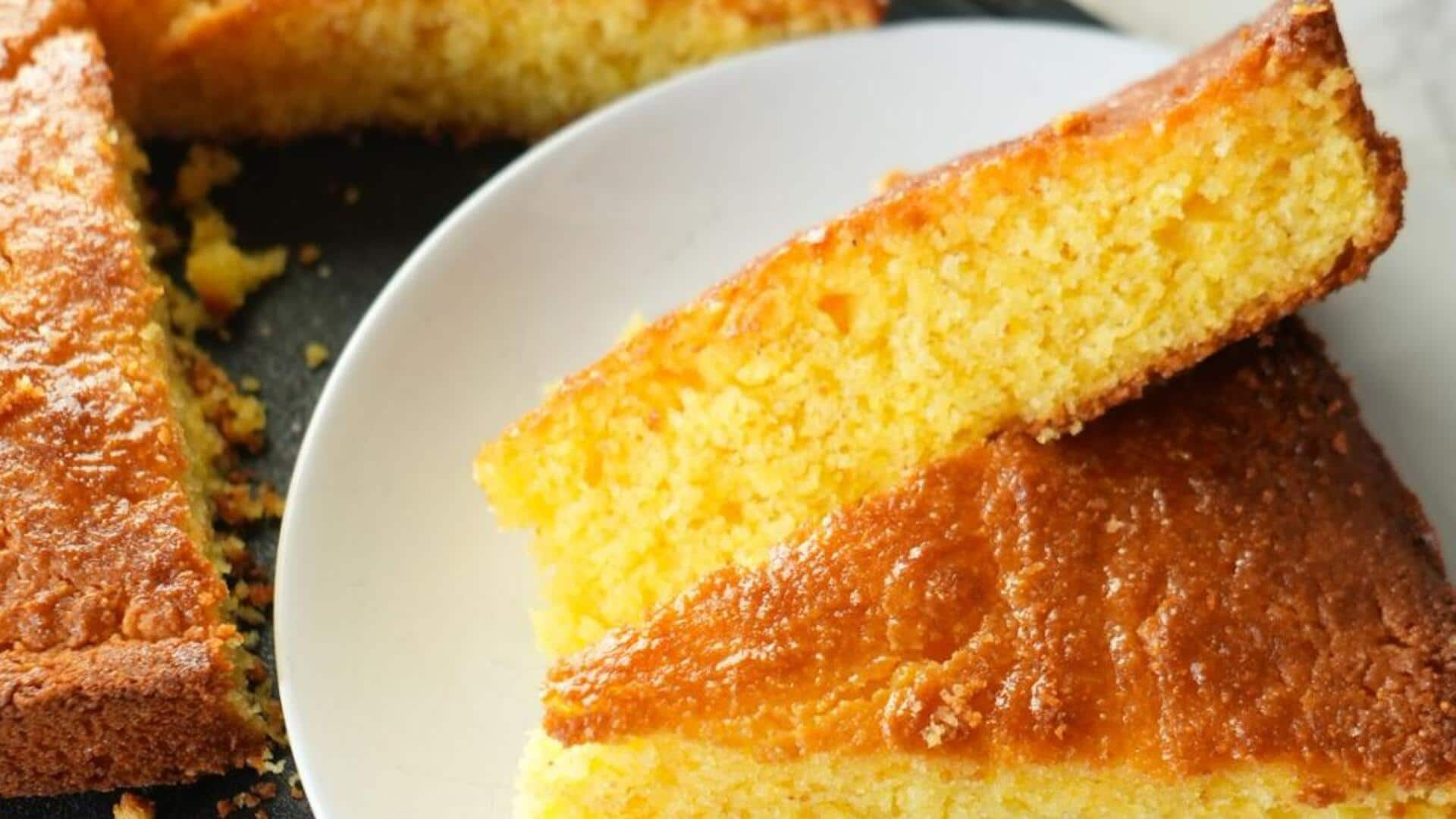
Tracing cornbread's journey: History, origin, and modern variations
What's the story
Today, cornbread is a staple in most households. However, its history dates back to Native American cuisine. Prepared with ground cornmeal, it was an important food source for the Indigenous tribes. Over the years, the humble dish has evolved and traveled the world over. From humble beginnings to a worldwide favorite, cornbread's journey is proof of its versatility and timelessness.
Early days
Native American influence
The roots of cornbread date back to Native American tribes who grew corn as one of their staple crops. They would combine stone-ground cornmeal with water or milk to prepare basic bread shapes. This primitive form was commonly baked over open flames or hot stones, serving as a source of nourishment and energy for day-to-day life.
Transformation
European adaptation
When European settlers came to America, they incorporated cornbread into their diet for its simplicity and easy availability of ingredients. They started experimenting by adding ingredients like sugar and butter, turning it into a sweeter version that we now know as Southern cornbread. This adaptation helped assimilate cornbread into several cultural cuisines.
Expansion
Global spread
As folks migrated across the globe, they carried their culinary traditions along, including cornbread recipes. In different parts, local ingredients were added to traditional recipes, creating unique variants like Mexican jalapeno cornbread or Italian polenta-based ones. Such a global spread highlights just how adaptable and versatile cornbread can get.
Innovation
Modern variations
Today's modern kitchens have embraced innovative twists on classic recipes by adding diverse flavors like cheese or herbs into traditional batter mixes while keeping its core essence intact. Cornmeal base remains central throughout all iterations, regardless of added elements, ensuring continuity amidst change over centuries-long evolution process.